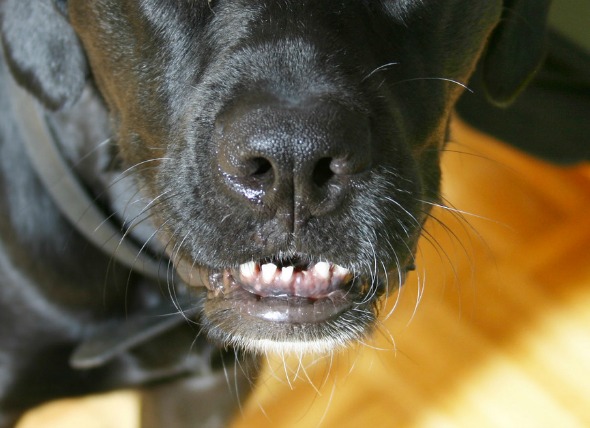

Crystalluria is characterized by the presence of crystals in the urine. Crystals form only in urine that is, or recently has been, supersaturated with crystallogenic substances; thus crystalluria represents a risk factor for kidney stones. The detection of urine crystals is not synonymous with kidney stones or the clinical signs associated with them, nor is detection of urine crystals irrefutable evidence of a stone-forming tendency, but there is some association of an increased risk for kidney stones for animals that are afflicted with crystalluria, and crystals in the urine can be an indication of kidney stones (also referred to as renal stones).
Proper identification and interpretation of urine crystals is important in determining a medical strategy for treating the condition, since certain crystal types will indicate an underlying disease. Evaluation of urine crystals may aid in detection of the disorders that predispose the dog to stone formation, estimation of the mineral composition of the stones, and evaluation of the effectiveness of the medical procedures initiated to dissolve or prevent the stones.
Crystalluria in individuals with anatomically and functionally normal urinary tracts is usually harmless because the crystals are eliminated before they grow large enough to interfere with normal urinary function. Even so, they represent a risk factor for kidney stones.
Crystals that form in the urine following elimination or removal of urine from the patient often are of little clinical importance (i.e., crystals formed in the urine after leaving the body). Identification of crystals that have formed in vitro (in a lab environment) will not justify therapy. Situations that will require further follow-up are instances where some types of crystals are detected in patients without symptoms (asymptomatic); large aggregates of crystals (e.g., calcium oxalate or magnesium ammonium phosphate) in apparently normal individuals are detected; or, when detection of any form of crystals in fresh urine collected from patients with confirmed kidney stones may have diagnostic, prognostic, or therapeutic importance.
Breeds that are prone to calcium oxalate crystals in the urine are miniature schnauzers, Yorkshire terriers, lhasa apsos, and miniature poodle dogs. Dachshunds, English bulldogs, and Newfoundlands are prone to cystine crystals in the urine. Dalmatians and English bulldogs tend to have ammonium crystals in the urine, and Cavalier King Charles spaniels are given to crystallized xanthine stones.
The condition or disease described in this medical article can affect both dogs and cats. If you would like to learn more about how this disease affects cats, please visit this page in the PetMD health library.
None, or those caused by concomitant kidney stones.
X-ray or ultrasound may be able to detect some stones. Urinalysis will be the major tool for analysis of crystalluria.
Treatment will involve managing clinically important crystalluria by eliminating or controlling the underlying cause(s), or associated risk factors, and minimizing clinically important crystalluria by increasing urine volume, encouraging complete and frequent voiding, modifying the diet, and in some instances by appropriate drug therapy. Modifying pH levels may also be called for.
Your veterinarian will want to analyze the urine again to determine if crystalluria is still present, since persistent crystalluria may contribute to formation and growth of kidney stones. In addition, chronic crystalluria may solidify crystalline-matrix plugs, resulting in a urethral obstruction.
 Spasm of the Rear Legs in Dogs
Dancing Doberman Disease
This neurological
Spasm of the Rear Legs in Dogs
Dancing Doberman Disease
This neurological
 Tooth Dislocation or Sudden Loss in Dogs
Tooth Luxation or Avulsion in Dogs
Tooth luxation
Tooth Dislocation or Sudden Loss in Dogs
Tooth Luxation or Avulsion in Dogs
Tooth luxation
 Tumor Related to Vaccinations in Dogs
Vaccine-associated Sarcoma in Dogs
Most types of
Tumor Related to Vaccinations in Dogs
Vaccine-associated Sarcoma in Dogs
Most types of
 Prostate Enlargement in Dogs
Prostatomegaly in Dogs
Prostatomegaly is a medica
Prostate Enlargement in Dogs
Prostatomegaly in Dogs
Prostatomegaly is a medica
 Inflammation of the Superficial Veins in Dogs
Phlebitis in Dogs
Phlebitis is characterized by a
Inflammation of the Superficial Veins in Dogs
Phlebitis in Dogs
Phlebitis is characterized by a
Copyright © 2005-2016 Pet Information All Rights Reserved
Contact us: www162date@outlook.com